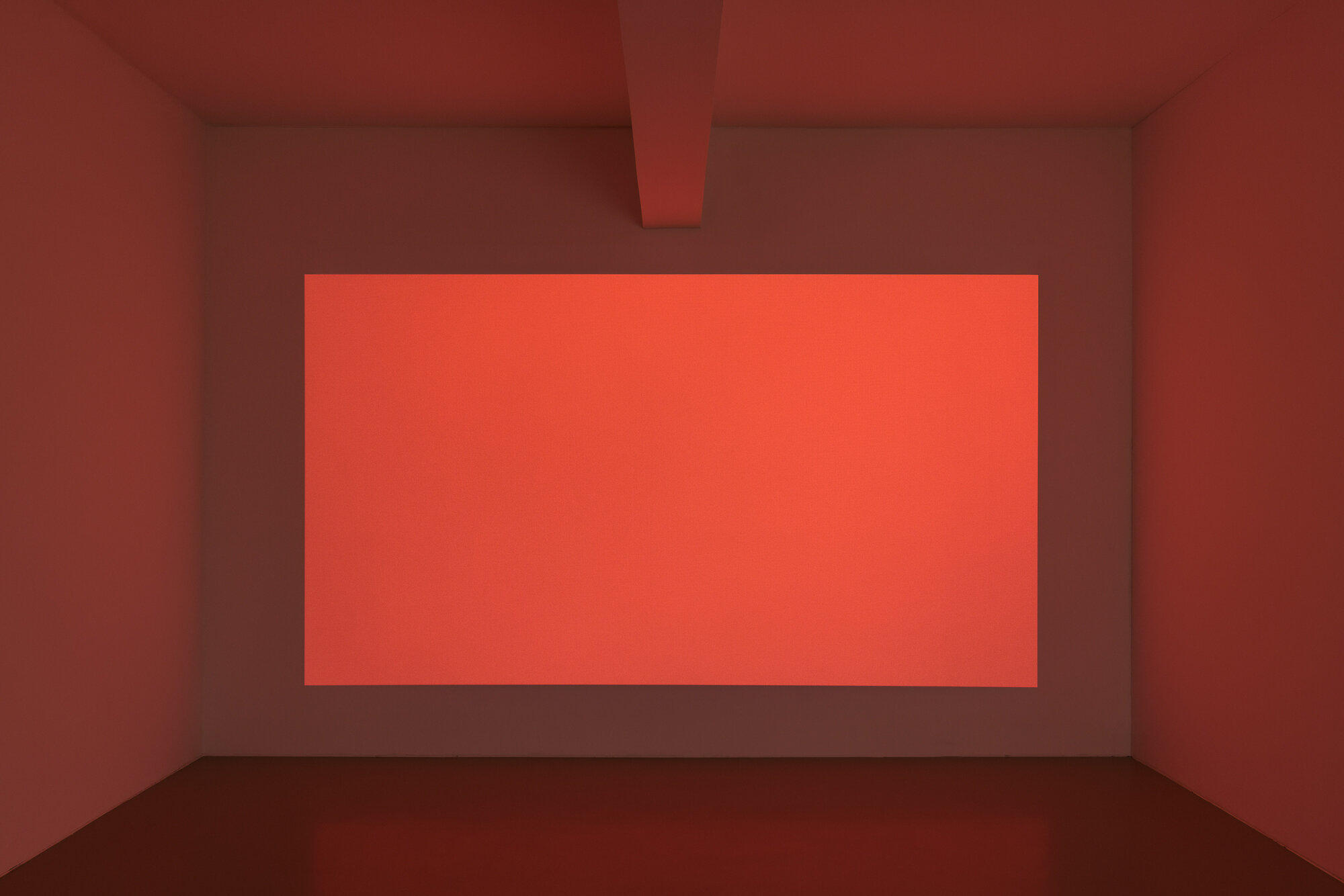Carolyn Lazard

Carolyn Lazard works primarily in sculpture and film in different contexts, where she addresses the theme of the accessibility of art and the institution. Shaped by their own experience, Carolyn explores the dynamic relationship between normative forms in an institution, such as the appertaining language or physical barriers, and the body, which is not considered within these norms. These decisive parameters are always part of Larzard’s considerations on their own artistic practice, which attempts to think and conceive of art in as accessible way as possible. This can then lead, for example, to artworks that either improve the guidance systems in institutions or that are used to facilitate the reconstruction of exhibition galleries in ways that might have not been possible according to rules on the preservation of historical monuments or other legal grounds. Thus Lazard‘s works can be understood as “infrastructures” that open up institutions, architectures, and also certain genres.
The video work Red (2021) combines questions of accessibility with the tradition of flicker films. A well-known historical precedent is the film The Flicker (1965) by Tony Conrad, which can be seen as within the context of structural film and is often also placed with the expanded context of minimal art. This film is largely characterized by the black frames that are interrupted by white images at differently timed intervals, at a frequency of 4 to 24 flashes per second. This leads to stroboscopic light effects. The rapid sequence triggers different effects in the viewers, with differing patterns or even perceptions of color. In this genre, single film images usually follow each other in rapid sequence and lead to a stroboscopic effect. Both Conrad and Lazard reduce film to its basic components of light and time, which are the key factors in producing images in relation to the beholders, as the forms that are actually created depend on who is watching the film and how it can be perceived. In a certain sense, the viewer is the one who creates the work and reception is the final step in the film’s production.
What makes Red (2021) different to other flicker films is its empathy for its viewers. In many cases these films cannot only set off hallucinatory images in our minds, but also trigger epileptic attacks in people who suffer from these. At a stage placed before the actual film projection, there is a monitor with information about the various phases and the intensity of the projection to follow, which visitors see before they enter the second level with the actual video. This means that visitors can decide for themselves whether and when to enter this room and to see the film. Also, the effects in this film are not in the black and white of its precursors, but in color, which is easier for human perception to deal with. The effects in this film are produced by Lazard moving their hand in front of a (smartphone camera), so that the work can be seen as a kind of “physical encounter from a distance” between Lazard and the exhibition visitors, as they come into contact with each other through the medium of the film. This interpretation of the genre is characterized by a certain warmth, which is also expressed by making this work accessible to as many people as possible, while the physicality of the film means that it does not develop any technoid minimalism. At the same time, we can see Red (2021) as a negotiation of how the different components of the medium of film (light, movement, time) can interact, and what makes a film into a film.
Red, 2021
Two-channel video installation
10:15 min.
Edition of 5 + 2 AP
Courtesy the artist; Maxwell Graham Gallery, New York
Carolyn Lazard
Solo (et al.): Walker Art Center, Minneapolis (2022), Kunstverein Braunschweig (2021), Essex Street, New York (2020), Shoot the Lobster, New York (2018); Shows (u.a.): 59. Biennale di Venezia, Venice (2022), Museion, Bolzano (2022), Hamburger Bahnhof, Berlin (2021), MoMA PS1, Long Island, New York (2021), Museum für Moderne Kunst, Frankfurt (2021), KW Institute for Contemporary Art, Berlin (2021), Bonner Kunstverein (2021), Palais de Tokyo, Paris (2020), Galerie Thomas Schulte, Berlin (2020), Institute of Contemporary Art, Philadelphia (2019), The Whitney Museum of American Art, New York (2019), Walker Art Center, Minneapolis (2019), LUX, London (2018), Kunsthal Aarhus (2018), New Museum, New York (2017)